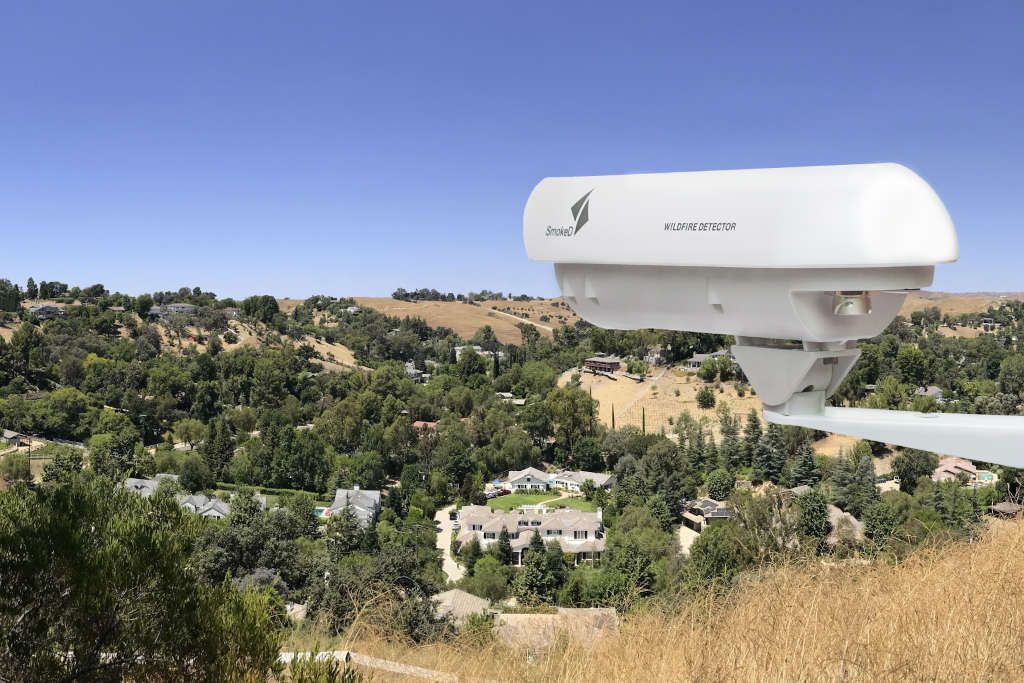Every wildfire season prompts new headlines about even more widespread and devastating fires. And while thousands of wildfires burn each year in the US alone, it’s far from the only affected region in the world. Given how often they are talked about, it may come as a surprise that many interesting facts about wildfires are not that well-known. There’s more to wildfires than just destruction. For example, did you know that there are species that thrive in burned landscapes? In this article, we’d like to take a closer look at this topic to help you understand the nature of wildfires and their impact on local communities and ecosystems.
.
Table of Contents
ToggleMost Wildfires Are Caused by Human Activity
According to the US Forest Service, over 80% of fires in wildland and forest areas across the United States started because of human activity. This is a staggering number, especially when you consider that in most cases, it’s not deliberate arson that causes fires but carelessness and negligence (e.g., campfires that weren’t extinguished properly, cigarettes thrown onto the ground, malfunctioning equipment).
.
Wildfires Can Have Natural Causes
While most wildfires in the US are human-made, the situation changes when you look at other parts of the world. For example, according to British Columbia’s authorities, lightning strikes were the leading cause of wildfires in the region (they are responsible for around 6o% of all wildfires in B.C). Most forest and wildland fires in remote areas tend to have natural causes.
.
Wildfire Risks Can Be Predicted and Reduced
Although wildfires themselves cannot be predicted with 100% accuracy, knowing the most common causes and risk factors can be used to pinpoint the most at-risk areas and significantly reduce wildfire risks. Fires need fuel, such as dry vegetation, to spread and burn faster, so with proper land and forest management, it is possible to slow a fire and give firefighting services more time to successfully contain it.
.
Technology Can Be Used to Detect Wildfires Faster
Early detection of fire hazards can stop relatively small fires from growing into devastating wildfires. And modern technologies such as camera detectors, drones, AI, and machine-learning algorithms have a lot of potential in this field. Cameras with sensitive optical sensors connected to wildfire software can recognize early signs of fire and smoke from long distances and send automatic alerts to local residents and authorities.
.

.
Climate Change Leads to More Frequent Wildfires
A UN-backed report published in 2022 predicts that the number of wildfires globally will rise by as much as 50% by the end of this century. But while this may seem like a distant future, we can observe significant changes in the frequency and intensity of wildfires even now. One of the most obvious and worrying examples is the lengthening of wildfire seasons, with some experts suggesting that in certain regions using the term fire year would be more accurate.
Wildfires Impact Weather and Climate
Weather conditions (e.g., heat, strong winds, drought) can increase the risk of wildfires and affect their intensity and spread, but at the same time, a wildfire can also affect the weather, both locally and over long distances. And, in extreme conditions, even create its own. Intense fires can create fire clouds, thunderstorms, wind, and fire tornadoes, making it more difficult to contain them.
.
Ecosystems Can Benefit From Wildfires
For most people, wildfires are nothing more than natural disasters. After all, fires can destroy natural habitats and impact entire communities. The consequences of wildfires range from the loss of human life and assets to long-term health hazards, e.g., due to air polluted with fine particles, which in especially severe cases can even lead to premature death. That’s why one of the most surprising facts about wildfires is that periodic forest and wildland fires can actually be good for the environment.
Controlled and low-intensity fires can be used to get rid of pests present in the area and prevent unpredictable wildfires by clearing out dry vegetation and buildup of dead organic matter. Certain species of plants and animals have even evolved to benefit from the conditions created in the aftermath of a wildfire.
.
Wildland and Forest Fires Burn Millions of Acres Each Year
In 2022, wildfires burned 7 534 403 acres in the United States alone. During the same year, vast areas of land were lost to fire across the European Union, Morocco, Siberia, and many other regions all over the world. Unfortunately, this recurring global wildfire threat is becoming even more hazardous due to the effects of climate change, resulting in increasingly frequent and devastating wildfires. The impact of fires, including loss of lives, properties, and resources, can be severe and affect entire communities.
.
Not All Wildfires Are Visible
When you think about wildfires, your mind most likely automatically summons well-known images of raging flames spreading over vast swathes of land. But while it’s true for most forest and wildland fires, not all of them look the same. Wildfires can be divided into three types: crown fires, surface fires, and ground fires. This last type is unique because it can smolder underground for a very long time, often without producing flames or even smoke, making it very difficult to detect.
When it comes to effective wildfire detection and prevention, knowledge and innovative solutions are two key elements. Our blog provides answers to common questions about fires and ways to combat them. And if you’re interested in our automatic smoke and fire detection system, please contact us to learn more about our offer and find a solution that suits your needs.




